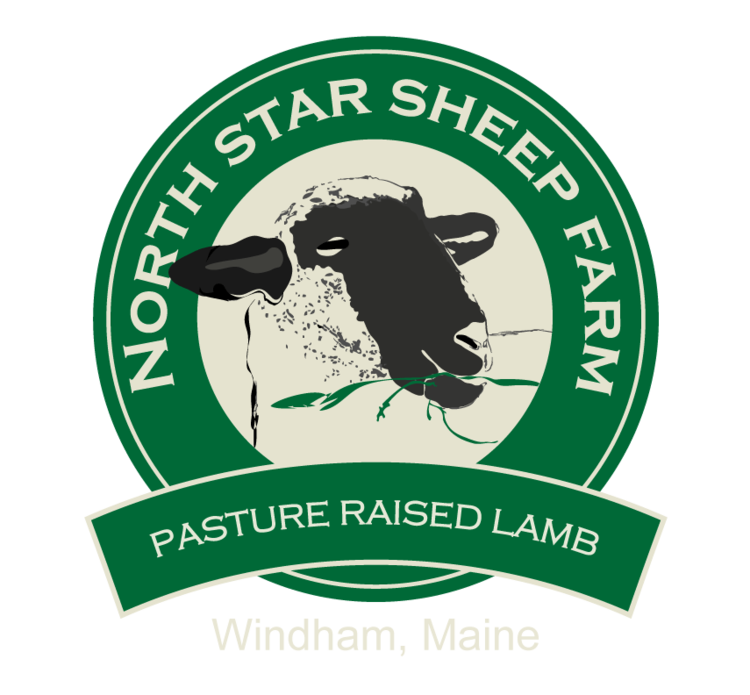Methods
When is lamb done?
– Don’t guess and don’t cut into the meat to check doneness — use a good meat thermometer.
– Remove lamb from cooking heat when the thermometer reads 5-10° less than desired temperature.
– Let lamb rest before serving to allow juices to settle: 5 minutes for thin cuts, 20 minutes before carving roasts.
– To ensure lamb remains safe throughout cooking, the USDA recommends cooking ground lamb to a safe minimum internal temperature of 160F as measured on a food thermometer. Other cuts, including roasts and chops, should be cooked to at least 145F (medium-rare).
Roasting
Roasting is a dry heat cooking method that is usually done in a shallow, uncovered pan, often with the meat raised slightly on a rack to allow heated air to circulate completely around it. Roasting is the cooking method of choice for large or irregularly shaped pieces of meat if they are tender (or have been tenderized).
TIPS:
– Sear first to help seal in the juices and create a crisper crust.
– Best for tender cuts such as leg, rib roast, (rack of lamb), and loin. You can also roast less-tender cuts if, for example, they’ve been marinated.
– Cook in a 325 F oven
– A 7-9 pound medium done leg of lamb takes 20-25 minutes per pound
See Recipes >
Grilling
Grilling means putting the food directly over a dry heat source—straight on the grill of
your charcoal, gas or electric grill. The high heat of grilling sears the surface of the lamb. Ideal for kebabs, chops, patties, and medallions.
Grill a thin cut of lamb quick and at a high temperature to brown it, directly on the heat
source – “direct grilling”
Grill a thick cut of lamb slower and at a lower temperature, away from the heat source –
“indirect grilling”
TIPS:
– Don’t overcook!
– Use a combination of direct and indirect grilling for a mid-sized cuts
See Recipes >
Braising and Stewing
Braising and stewing involve the slow cooking of meat in a liquid. The main differences between braising and stewing are:
• The size of the meat used: braising requires the use of whole, market-ready cuts while the stewing process requires that small pieces of meat be used.
• The quantity of liquid: braising requires that the level of the liquid be halfway up the side of the meat while stewing requires the pieces of meat to be totally immersed in the liquid.
– Cook the whole meal in one dish and be creative with your seasoning.
– Works well for chops, cutlets, ground lamb and stew meat.
TIPS:
When braising, sear meat in oil with vegetables and seasoning, then add liquid to cover and place in a moderate oven to braise until tender and richly flavored.This technique tenderizes and softens firm or tough cuts and allows for rich and subtle blending of the meat flavors with those of the liquid and seasonings.
– For liquid, use wine, stock, or a combination offers deep, rich flavor
– A ¾ – 1-pound shank takes one to one and a half hours to cook
See Recipes >
















